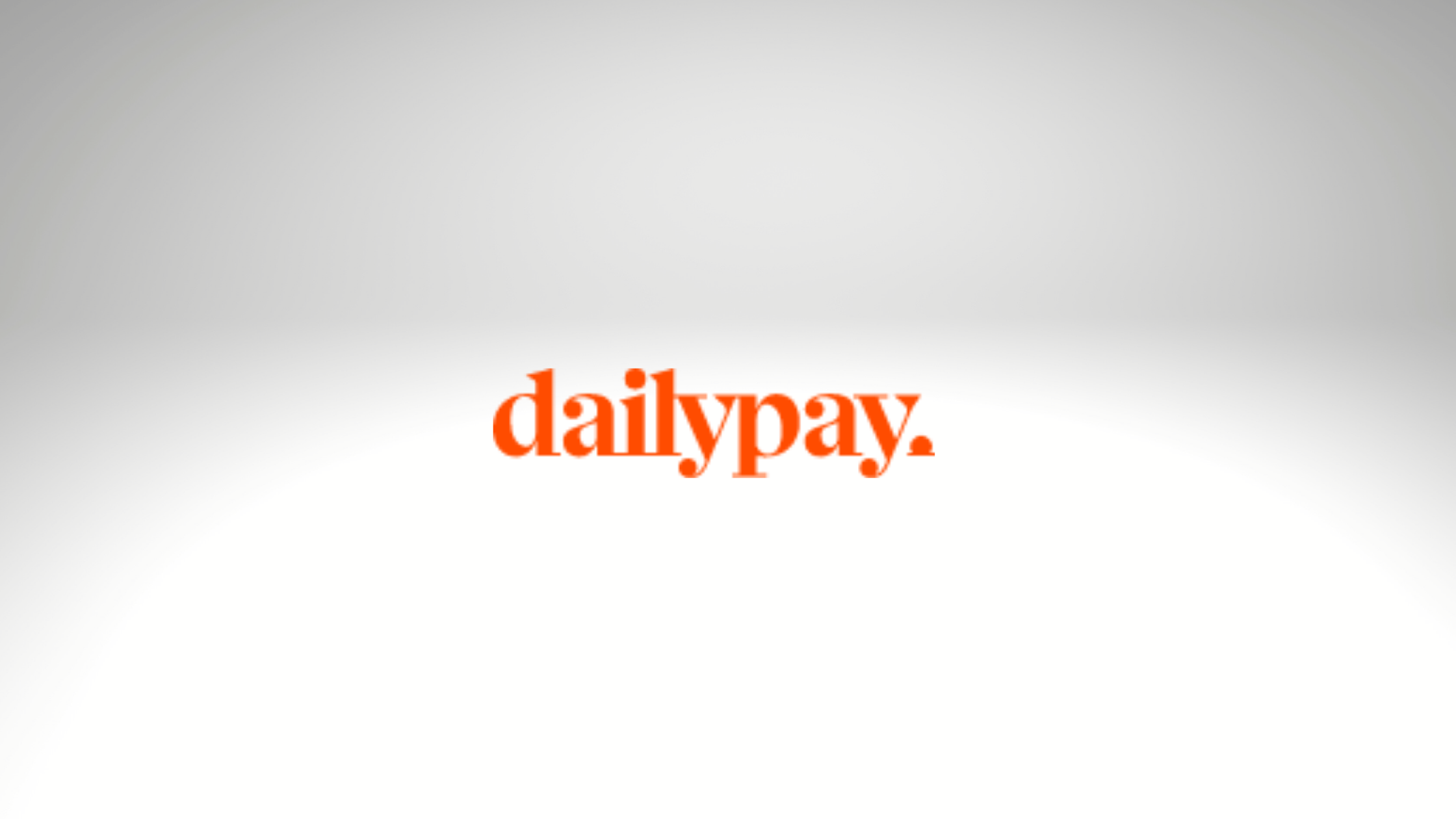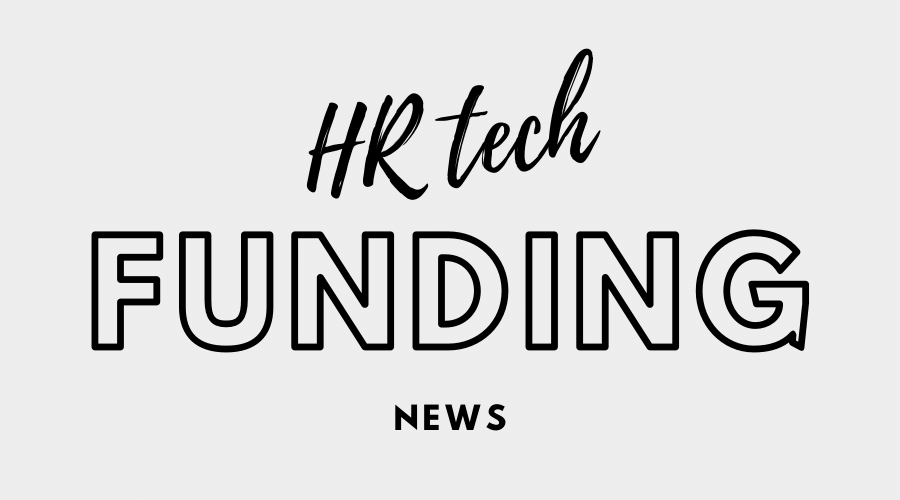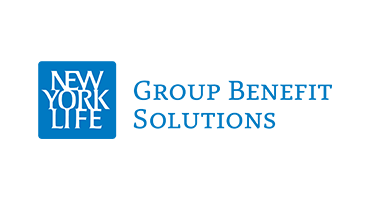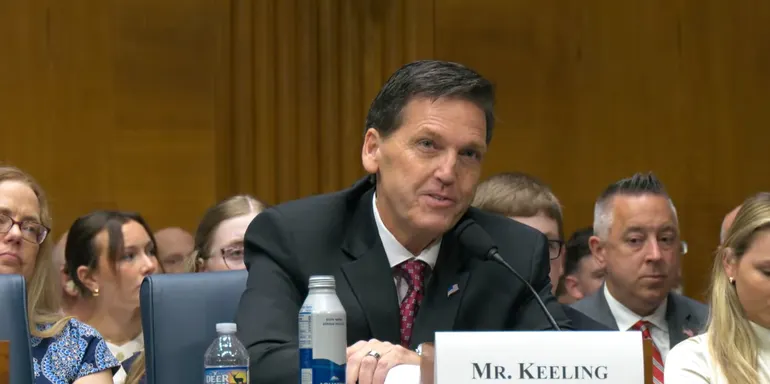As employers face another wave of health plan premium increases heading into 2026, some HR leaders are looking beyond traditional group insurance.
Mid-market organizations are increasingly turning to Individual Coverage Health Reimbursement Arrangements, or ICHRAs, to control costs while offering employees more choice, according to Matt Christopherson, co-founder of health technology company SureCo.
“Employers are contributing tax-free dollars to employees to help pay for their choice of individual plans,” Christopherson says. He notes that SureCo’s research shows that 44% of employers with 150 to 2,500 employees are considering ICHRAs for 2026.

Christopherson says employers are using ICHRAs to shift risk from unpredictable group plans to the broader individual market. “This approach allows employers to reduce exposure to high-cost claims while staying compliant with ACA requirements,” he says. Some companies view the model as a strategic way to maintain cost predictability as premiums rise.
Digital enrollment platforms are enabling employees to select from the full range of ACA-compliant plans in their area, and these platforms can be integrated directly with HRIS and payroll systems. Christopherson explains that they often offer tools for provider searches, formulary checks and cost comparisons.
He adds that employers can use carveouts—different contribution levels or eligibility rules for specific groups of employees—based on age, location or employment type to tailor their ICHRA offerings while remaining ACA-compliant. “This approach not only empowers employees with choice, but also increases satisfaction, retention and engagement while keeping administrative overhead low,” he says.
Mercer research cautions that plan choice varies widely by market, and some employees may find it more difficult to select an appropriate plan than they would under an employer-provided option. “In the current individual market, there could be many more options to sort through, or there could be gaps in product availability,” according to the Mercer brief.
“Encouraging employees to explore all carrier and plan options available to them will reduce surprises while maximizing cost savings and choice,” says Christopherson.
Proactive planning is critical
With individual market premiums expected to spike in 2026, Christopherson recommends getting ahead with planning. “Employers should start by modeling projected 2026 costs using current employee demographics and age-adjusted rates from the most recent plan year,” he says. Benchmarking contributions and exploring different scenarios, such as absorbing increases, passing them to employees or splitting costs, can help organizations make strategic decisions.
Research from McKinsey supports this urgency in light of rising employer health-insurance costs. According to their findings, innovative plan designs such as ICHRAs could deliver 10% to 30% savings, though outcomes will vary by employer.
Platform automation reduces administrative burden
ICHRA administration platforms now handle much of the complexity HR teams previously managed manually. Christopherson says they automate the most complex aspects of plan management: integrating employee data from HRIS and payroll systems, sending applications directly to carriers, ensuring ACA compliance, handling multi-class contributions and paying carriers directly without the need for employees to request premium reimbursements.
Platforms also guide employees through plan selection and provide year-round support. “Manual errors are effectively eliminated as platforms track affordability, benchmark contributions and ensure regulatory compliance,” he says.
Affordability testing is key for employers offering ICHRAs in order to stay ACA-compliant. Employers must ensure contributions for each employee class make the lowest-cost individual market plan “affordable,” generally no more than 9.96% of household income in 2026, according to IRS guidance. Accurate testing protects employees’ eligibility for premium tax credits and shields employers from penalties.
Mercer advisors note that affordability testing for each employee class can be a challenge both administratively and in communication, making robust platform support essential.
Preparing for cost and choice in 2026
Employers do not have to wait until January 1 to implement an ICHRA. Christopherson notes that, “The large rate increases employers are experiencing on the group side will likely mean more companies will consider an off-January 1 migration.” Mid-year transitions allow companies to respond quickly to rising costs while giving employees timely coverage options.
Looking ahead, Christopherson says three trends will define the year: escalating health care costs, wider adoption of individualized coverage, and stronger emphasis on employee choice and flexibility. “Organizations should prepare by leveraging digital enrollment platforms, modeling contribution strategies against projected 2026 rate increases, and communicating proactively with employees,” he says.
He adds, “By investing in robust and data-driven solutions now, employers are enabled to provide cost-effective and flexible benefits that employees want while maintaining compliance.”
Balancing benefits with potential drawbacks
According to the Employee Benefit Research Institute, most employers offering ICHRAs had not previously provided health benefits, suggesting ICHRAs are helping expand coverage, especially for small businesses, rather than replacing traditional group plans at larger firms.
While an ICHRA could offer flexibility and potential cost savings, there are challenges employers should consider. Mercer research notes that plan availability varies significantly by market, and employees may struggle to find an appropriate individual plan compared with a traditional group option.
Affordability testing and compliance across multiple employee classes can also create administrative complexity. Employees with higher medical needs may face higher premiums or out-of-pocket costs, and decision fatigue can occur when navigating multiple plan options. Christopherson emphasizes that proactive communication and digital enrollment platforms are key to mitigating these risks.





















